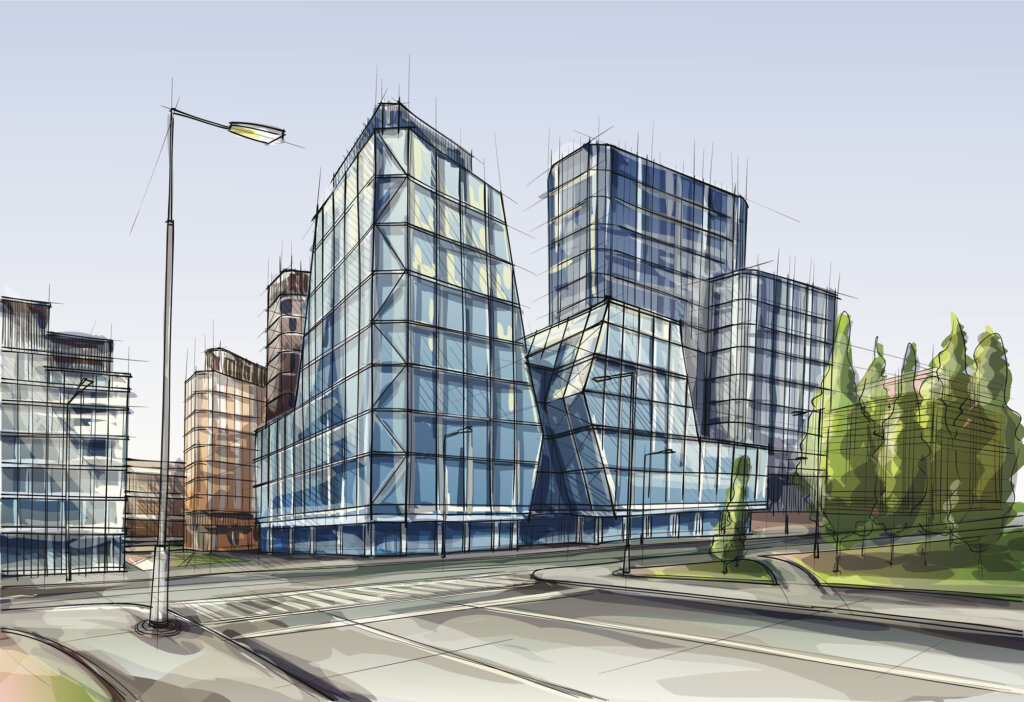
Last week, city planners from across the country descended on San Francisco, CA for one of the largest planning conferences of the year – the 2019 National Planning Conference – hosted by the American Planning Association. As an attendee and exhibitor, I wanted to share some of the highlights from the show, along with some of my key learnings.
Learning 1: The Downtown Paradigm Shift
15-20 years ago, one major concern for city planners was rescuing downtown areas. Today, however, this is no longer an issue. Yet due to evolving urban demographics and emerging technology, planners are being presented with a new set of unique challenges and opportunities, which is driving a need to focus once again on how to densify and intensify urban development to meet the needs of residents.
At NPC19, one of the ideas discussed to help city planners think forward came out of parking considerations being addressed in the automotive industry. Specifically, the transition from manual to self-driving vehicles presents an opportunity to densify. Automated vehicles require much less space to self-park. As a result, cities can plan with this in mind to optimize the use of space in parking structures.
Demographics for urban areas are also changing. Singles and couples now dominate downtown areas instead of the traditional household with children. Planners are faced with the challenge to address and anticipate these changes now and in the future.
Learning 2: The Link Between Nature and City Planning (Ecocities)
Moving into the 21st century, planners are seeing trends that could have a significant impact on the day-to-day operations of planning departments everywhere.
Trend One – Circular Economies
The ability to reuse materials over and over again will change needs in economies from goods to labor, which directly impacts the ways in which planners work. We can expect to see more net zero building construction in which energy sources will need to be incorporated into the landscape planning.
Trend Two – Clean Power
The transition to clean power such as hydro, solar and wind energy is not a new concept. However, the increasing demand for more clean power will influence city demands and requirements looking forward.
Trend Three – Focus on Open Space
Landscape planning has an increasing importance as green space within urban areas is in more demand than ever before. City planners need to consider incorporating anything from natural heritage systems to encompassing things like native plants into their landscape planning that have a large impact on a regions wildlife and inspects.
Learning 3: Zoning Reform
Several U.S. cities are undergoing zoning reforms in which they are adopting both form-based codes and or new conditional zoning regulation. This is helping planners to foster land development to achieve a specific and predictable building outcomes with a lesser focus on land use.
Learning 4: Technology and Planning
Even though planners face challenges associated with the evolving demands of citizens, they also have the resources and technology they need to tackle these issues head on. Pursuits such as incorporating virtual reality into planning and utilizing automated systems like Accela to simplify the planning process are just a few examples of the innovative technologies available planners. If planners can speed turnaround times, perform electronic plan reviews, and leverage automated workflows to issue land use entitlements faster from a single system, then in my opinion, planners don’t need to worry about meeting these new challenges, while helping their communities thrive.



